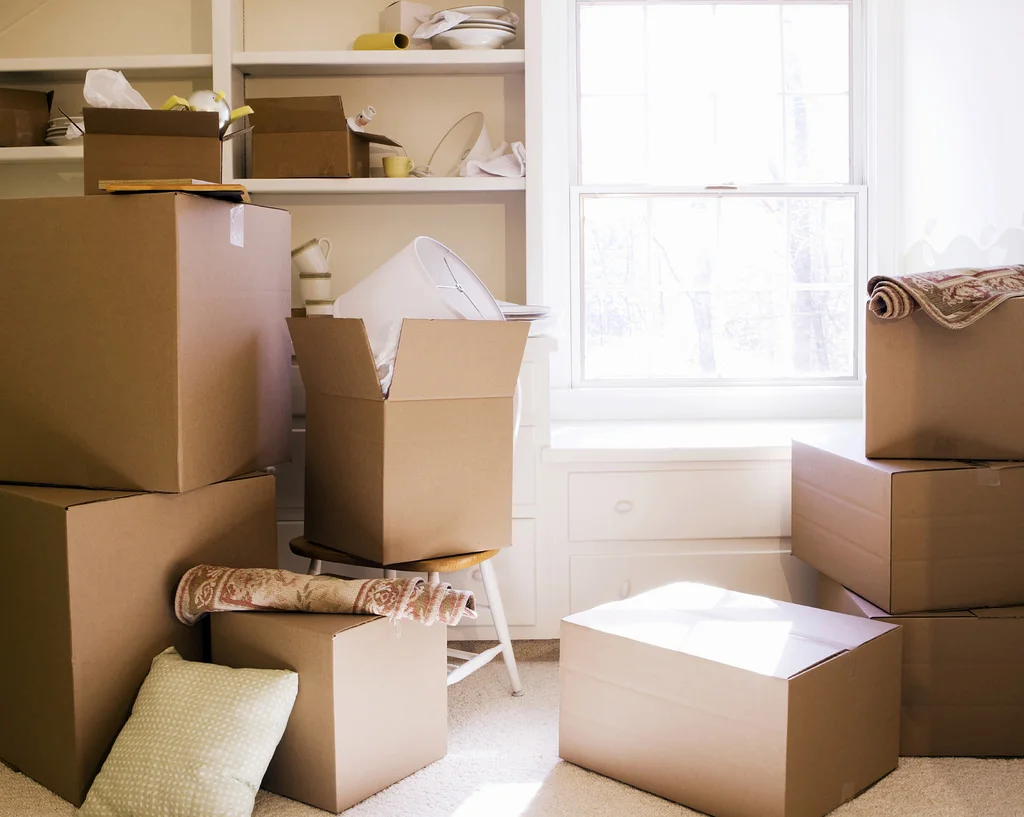For your upcoming move, you may be preparing to accumulate a large quantity of moving boxes and packing supplies. While you may feel guilty at the waste this could cause, it’s a necessary part of moving, right? Actually, many people find ways to get their hands on free moving boxes, which many times come with surprises like pet dander or harmful chemicals getting on their belongings.
Moving boxes often end up in landfills after they’ve been used just the one time and it can cause quite an environmental concern when people are moving more and more often. Is there anything that can be done? Take a look at some facts about moving boxes and what alternatives may be an option for you.
How moving boxes got their start
Believe it or not, the first moving cardboard boxes were made in 1817 back when British industrialist Malcolm Thornhill invented it after cardboard had been used as a packaging supply since a few centuries prior. Since it wasn’t very sturdy at first, it took several decades before cardboard in the corrugated style came to exist that we use today.
By the end of the 19th century, the cardboard box for moving was being used commercially as a moving staple, being mass-produced ever since. Being 2016, it only makes sense that we are due for an improvement; an upgrade, or a reinvention of the moving box.
You can usually get them for free, but at a different cost
Today, many people are looking for smart ways to save their budget and getting free moving boxes is a great way to do this. Sometimes grocery stores are offering free boxes or another home that recently moved is offering theirs for free. Unfortunately, you take a risk with free boxes, not knowing if you are going to end up with a box that was around pet dander, pests, chemicals, or even a bed bug infestation.
The various types of moving boxes
The moving box has evolved since the mass-production of corrugated cardboard boxes began in 1890. Today you’ll find boxes that vary in shapes and sizes, level of thickness, and function. As mentioned, we are long overdue for a reinvention of the moving box and today, that has finally happened.
Moving boxes have now evolved into green, plastic containers that allow for an improved moving experience. You can now enjoy a more durable, water-resistant, hassle-free moving container that can be rented or purchased for your move that will make it easier to pack, stack, and protect your belongings.
How renting boxes or moving crates could save our landfills
Not only are these moving crates burden-free from chemicals, high costs, extra hassle of assembly, and an outdated method of moving, but they are offering you another opportunity to save the planet. Moving boxes are typically bought at a high price, assembled and packed, moved, and left by the trash after the move. It’s adding to our landfills since many people neglect recycling or have boxes that aren’t recyclable anymore due to tape and ink. Recycled and reusable crates and packing supplies could save our landfills.
You probably didn’t know how cardboard moving boxes got their start and how they evolved. Take advantage of the latest in moving containers which is a much better alternative to the moving box you’ve always known. Visit The Chicago Green Box today for your own Green moving boxes!

